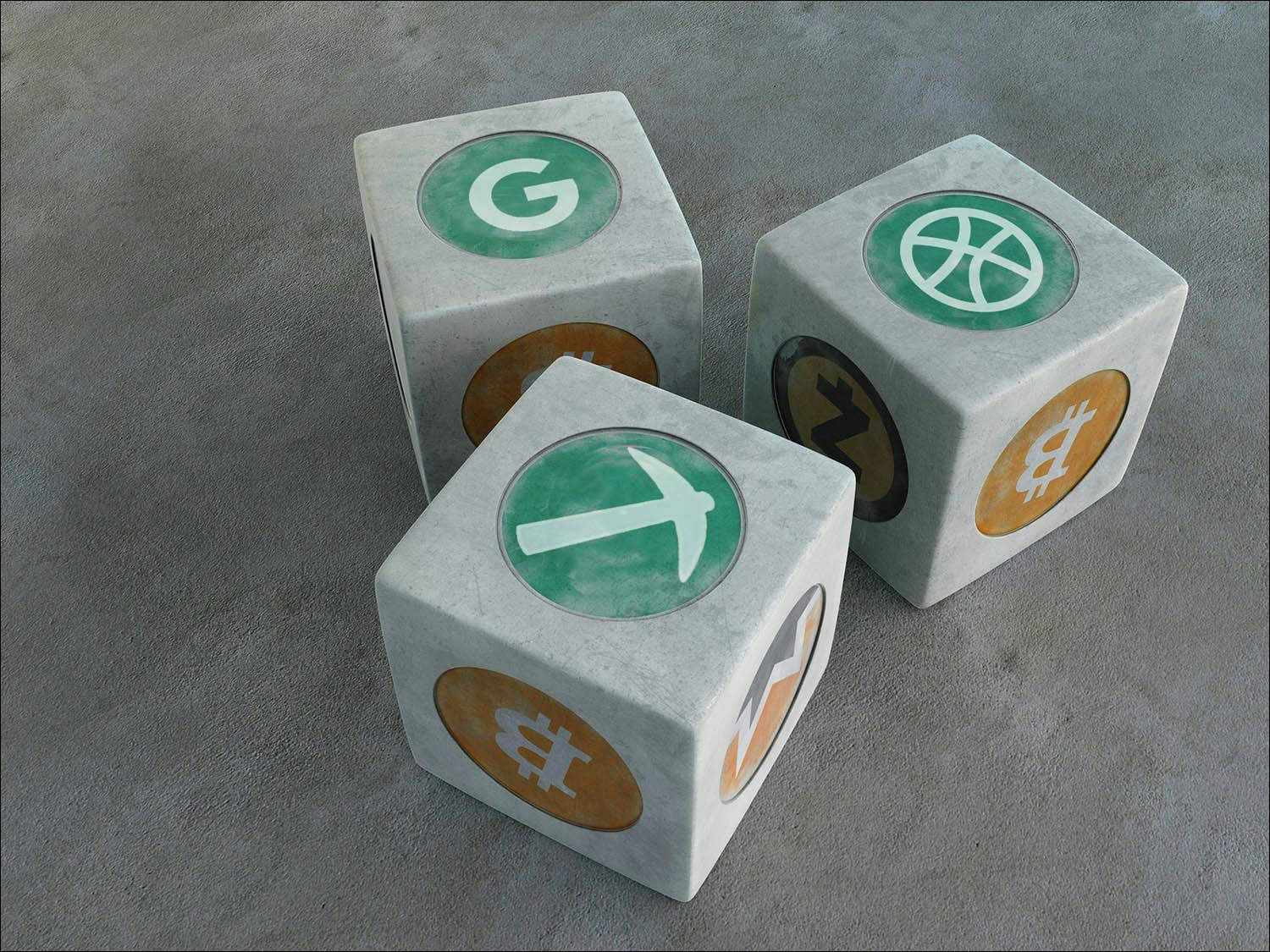I was recently inspired by my wife, who did a UI redesign (dices, app icon and loading page) for an iPhone game. As a result, sales rose 50% and the app has 10% new daily users. At that moment, I asked myself: how much are UI designers really worth and where can they be found? I did a quick Indeed search and saw that currently there are more than 50 UI positions open in Dublin, Ireland alone.
Obviously they are in high demand and are instrumental figures in any app since they are responsible for the look, feel, presentation, and overall interactivity of the product. So where can we find them? Where can we see their work and what channels can we use to reach out to them?
Why Not Try Dribbble.com?
Dribbble is a site where design professionals share their work, so it’s logical to check the site in more detail. Not only does Dribbble allow you to direct message a candidate but usually you can find a lot more info about the candidate there as well (like email, LI profile, personal website, Instagram page, and other interesting info). Since I’m a big fan of crypto I noticed that a lot of companies like Kraken, Binance, Coinmarketcap or Block.one are looking for UI Designers.
So let’s say that I am looking for a UI designer at a crypto company.
Sourcing Dribbble
After I land on Dribbble’s site, I do a quick filter search. I select product design or mobile, and search for the word crypto just to see what I get. Already I’m seeing work from a lot of different designers that are in some way connected to the industry. I can continue to search with tags using different keywords but I notice that when I look at a specific designer’s work, the URL actually changes from https://dribbble.com/shots/following/product-design?tag=crypto and loses this part (following/product-design?tag=crypto)
Then I think, can I actually X-ray search shots by targeting specific art / keywords?
Let’s say that I am looking for a designer who is interested in crypto and they did some UI work for iOS. I run this simple search:
site:dribbble.com/shots crypto ui ios
and get this result:

 This is great! 🙂 I can use keyword search to target specific art I want to see. If I like the art, I can go straight to the designer’s profile to find out more about them and their additional work.
This is great! 🙂 I can use keyword search to target specific art I want to see. If I like the art, I can go straight to the designer’s profile to find out more about them and their additional work.
When landing on a designer’s profile the first thing I see is a wealth of information. Usually designers share their personal web-site links, LI profile, Twitter, Facebook, Behance, GitHub, Instagram Medium and other websites.
In the crypto industry the trick is that most of the companies are looking for people who are in some way interested in, have exposure to, or have already worked in the crypto space.
Since most of the crypto companies are really secretive about their employees working in the industry and a lot of the talent working in the industry doesn’t openly say that they work for XYZ because of the security reasons, it becomes really hard to find talent. Usually you need to get really creative with your searches.
After realizing the amount of available profile data, I thought that it would be great if I could filter my search by location in order to see designers that are based in Dublin, Ireland.
By using this search string, I was able to find and see all designers by a specific location:
site:dribbble.com/places/*/designers
When you run this search there are 30 pages of Google results all relating to designers in a specific location. You can target a specific country or a city, which is also cool.
I refined my search for Ireland and used:
site:dribbble.com/places/ireland/designers
A lot of results!

Simple Scraping
Wouldn’t it be great if I could use a tool to export the results in to a spreadsheet for faster data review? I decided to use Data Miner, created a custom recipe (targeting names, locations, bios, skills, dribble URLs), and exported all of that in to excel spreadsheet.

The only problem is that the free version of Data Miner doesn’t have an option to create a scraping recipe that clicks thru each profile link and scrapes the data I want (that is the next tier pricing).
So the next best thing is to export the Dribbble URLs. Because when you go to a specific profile, usually you have loads of additional info (LinkedIn URLs, GitHub, personal websites, Behance, Instagram, Facebook, Twitter and loads of other data) that you can grab.

Once I have the spreadsheet data, I can quickly run a keyword search, open the Dribbble URLs, and explore the designer profiles in much more detail.
As a sourcer this is amazing because it provides you with so many different channels and ways to reach out to the designer and get the conversation started.
If you went through all of these steps to find that gem you really like, then I assume you’re not going to send a generic outreach message. Because that would be a waste of time! You’ve gathered all this data about the designer, you should be more than comfortable and capable to write a short highly personalized outreach message in order to get the conversation going.
In Conclusion
I think Dribbble is a gold mine for sourcing designers and should definitely be on everyone’s sourcing radar. 🙂 Also, don’t be afraid to automate your tasks when sourcing. It can save you all kinds of time!
Happy sourcing!
